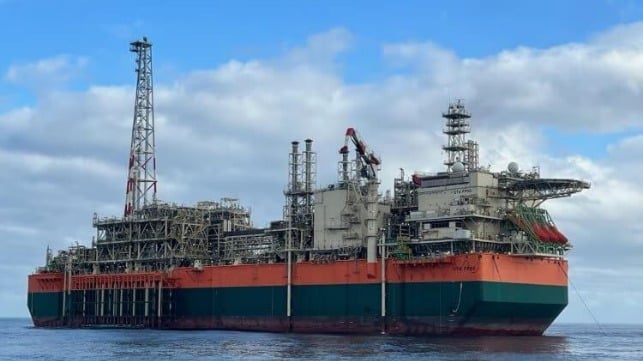Senegal and Mauritania’s Natural Gas Breakthrough

Senegal and Mauritania are on the verge of becoming significant players in the natural gas market. This shift follows a major milestone achieved by oil giant BP, which recently announced the first gas flow from the Greater Tortue Ahmeyim (GTA) project. This project marks the beginning of gas development in a new offshore basin shared by both countries. As a result, Senegal and Mauritania are poised to enhance their status as key hydrocarbon producers in West Africa.
Overview of the Greater Tortue Ahmeyim Project
The Greater Tortue Ahmeyim project is a collaborative effort led by BP, which operates the project alongside U.S. operator Kosmos Energy, Mauritania’s SMH, and Senegal’s state-owned Petrosen. The total investment for this ambitious project is approximately $4.8 billion. It is notable for being one of the deepest offshore developments in Africa, with gas resources located at depths reaching 2,850 meters (9,350 feet). Once fully operational, Phase 1 of the GTA project is expected to produce around 2.3 million tonnes of liquefied natural gas (LNG) annually for over 20 years. This production capacity will significantly contribute to meeting global energy demands.
The initial gas flow is being directed to a Floating Production Storage and Offloading (FPSO) unit, located about 40 kilometers (25 miles) offshore. This unit plays a crucial role in processing the gas by removing water, condensate, and impurities. Gordon Birrell, BP’s Executive Vice President for production and operations, expressed enthusiasm about this development, calling it a “fantastic landmark” for the project. He emphasized BP’s commitment to supporting Mauritania and Senegal in harnessing their natural resources effectively.
Infrastructure and Future Prospects
The FPSO, a key component of the GTA project, was constructed by China’s COSCO Shipping Heavy Industry. This vessel is designed for a service life of 30 years and measures 70 meters (230 feet) in length. It has an impressive oil storage capacity of at least 1.44 million barrels and can accommodate 140 personnel in its living quarters. The FPSO arrived at its designated location in June 2024 and is expected to process over 500 million standard cubic feet of gas daily.
Once processed, the gas will be transported via pipeline to the Gimi Floating Liquefied Natural Gas (FLNG) vessel, which is moored approximately 10 kilometers (6 miles) offshore. The Gimi vessel will liquefy and store the gas before it is transferred to LNG carriers for export. Some of the gas produced will also be allocated to meet the increasing energy demands of Senegal and Mauritania.
The Gimi FLNG, owned by Golar LNG, has a storage capacity of 125,000 cubic meters of LNG. It underwent conversion at Singapore’s Seatrium shipyard and is designed for 20 years of operation without the need for dry docking. The project is based on the discovery of 120 trillion cubic feet of natural gas in 2014. The first LNG cargo for export markets is anticipated in the first quarter of this year, marking a significant step forward for both nations in the global energy landscape.
